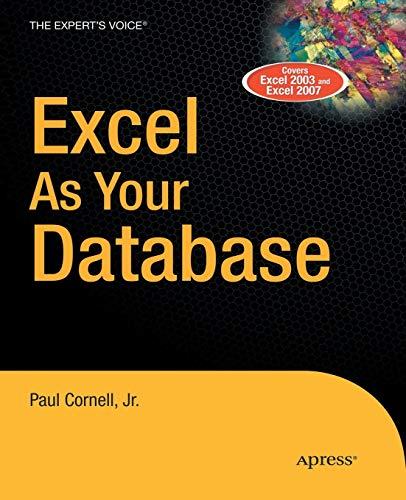in python please 

(1) d2/dt2=(1/Q ) d/dtsin+Acos (wat) Here (t) is the pendulum amplitude (in radians), Q is the damping parameter (Q= + for no damping), A is the driving amplitude ( A=0 for no driving) and we is the driving frequency. In this equation, the pendulum length has been taken to be L= 9.81m, making g/L unity. In this case, the natural angular frequency of the undamped, undriven system is unity, and the small amplitude period is T=2. To convert this into a system of coupled, first-order equations, it is typical to introduce an additional phase angle such that d/dt= el In this case, we obtain the equations (2) d/dt=,d/dt=R and d/dt=(1/Q)sin+Acos Thus the state vector for the system is y(t)=[(t);(t);(t)]. In all cases, the initial condition can be taken to be y(0)=[p;0;0]. Here 0 is the maximum swing angle of the pendulum in radians. In the case of no damping (Q=+) and no driving (A=0), the oscillation period, T, is given by the integral (3) T=222dm(coscos)1/2d where, as above, g/L has been taken to be unity. (You should read m in the upper limit of the integral as 0 - there's only so much you can do with equations in markdown.) Use Equation (2.34) in your text and the sciovinterrateruld function to create a new function, evactnoriad, that takes as input the pendulum length in metres and initial swing amplitude in degrees, and returns the exact period in seconds for the undamped (Q=+) and undriven (A=0) pendulum. Have your function return the small angle period if the initial swing amplitude is not given. Part 2 (group member \#2) Use the sciovinterratesolvine function to solve the undamped (Q=+), undriven (A= 0) pendulum problem for initial swing angles of a=10,40, and 70 degrees. Produce a high-quality plot of (t) for each initial condition, all three initial conditions on the same plot. Save the plot to file LastnameFirstname_Lab5_Fig1.png and submit it to Gradescope. Part 3 (group member \#3) Use the events parameter in solvinive to find the times when the amplitude is a maximum or minimum (hint: what is d/dt at those times?). How can you use these times to estimate T for each initial condition? Compare in a high-quality plot your period estimate (with error bars) for each initial condition with the exact period as computed by the function you wrote in Part 1. Save the plot to file LastnameFirstname_Lab5_Fig2.png and submit it to Gradescope. Part 4 (group member \#4) Use the scioviintereatevolveive function to solve the pendulum problem including damping (but no driving, i.e. A=0 ). Consider damping parameters of Q=1,5,10, 25 and 50 for an initial swing angle of An=30 degrees. Use the events parameter and the corresponding twivets and weventr outputs to extract the times of maximum and minimum oscillation amplitude and the amplitude at these times. Use these values to estimate the time for the amplitude to fall to 1/e of its initial value. Plot the relation between Q and the time required for the amplitude to drop to 1/e of its initial value. Save the plot to file LastnameFirstname_Lab5_Fig3.png and submit it to Gradescope. Part 5 (group member \#1) Use the sciovinteqretevilvive function to solve the pendulum problem including both damping and driving. Produce a high-quality plot of (t) versus t for Q=20 and light driving of A=0.3 and R=2, assuming A=30 degrees. Save the plot to file LastnameFirstname_Lab5_Fig4.png and submit it to Gradescope








